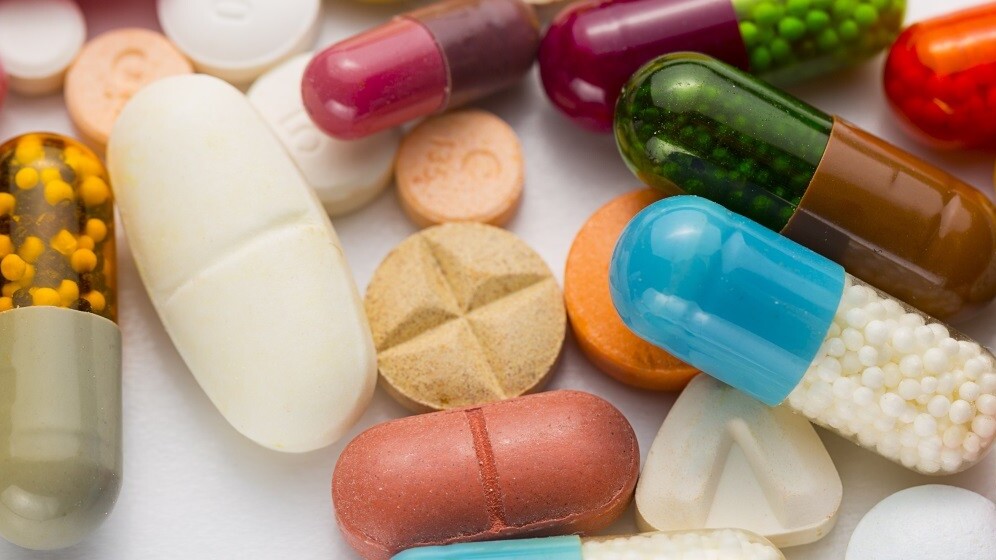
New possibilities in 3D printing may open up a whole new chapter of opportunities for pharmaceutical research and bio-technology applications. There are a number of ways it could be used — drug dosage forms, supporting delivery, or helping to research cures. Let’s explore how that might work.
3D printing has been around for many years; predominantly been used in manufacturing. This type of printing, also called stereolithography, can create almost any object by fusing different materials, layer by layer, to form a physical version of a digital 3D image. Over the past 15 years, 3D printing has expanded into the healthcare industry, where it’s used to create custom prosthetics and dental implants. Now, there may be an opportunity to use it for personalized healthcare as well.
Pharmaceutical drug research and development could be improved drastically by 3D printing. Rather than printing objects made out of plastic or metal, imagine printing pills or human organs and tissue. This would allow companies to test drugs much more safely (and much cheaper). It seems to be within science’s reach — and closer than ever.
Healthcare changes on the horizon
Compared to other sectors, 3D printing technology has played a minor role in healthcare so far. Experts assume that healthcare only accounted for 1.6 percent of all investments made into the $700 million 3D printing industry. However, that number is expected to grow to 21 percent over the next 10 years.
The latest research shows an even more drastic development for health and medicine. Using 3D printing for medical applications could amount to a market value of $2.13 billion by 2020, says market research company MarketsandMarkets.com. Applications such as dental implants have already been very successful commercially: It’s assumed that around 50,000 custom-fit Invisalign braces are printed on a daily basis.

Here are four other ways 3D printing could change the pharmaceutical world forever.
1. Personalized drug dosing
3D printing could add a whole new dimension of possibilities to personalized medicine. In its most simplistic form, the idea of experts and researchers is to produce personalized 3D printed oral tablets. Medical writer C. Lee Ventola has conducted extensive research on this for her publication, “Medical Applications for 3D Printing: Current and Projected Uses.” She writes that personalized, 3D-printed medications may serve particularly well for patients who respond to the same drugs in different ways.
Additionally, a doctor or a pharmacist would be able to use each patient’s individual information — such as age, race and gender — to produce their optimal medication dose, rather than relying on a standard set of dosages. 3D printing may also allow pills to be printed in a complex construct of layers, using a combination of drugs to treat multiple ailments at once. The idea is to give patients one single pill that offers treatment for everything they need.
2. Unique dosage forms
3D printing could also be used to create unique dosage forms in the pharmaceutical production process. In the process, the idea would be to use inkjet-based 3D printing technology to create limitless dosage forms. According to experts, it is likely that this could challenge conventional drug fabrication. The process to create novel dosage forms has already been tested for many drugs, and we will only witness more innovation as time moves on.
3. More complex drug release profiles
Drug release profiles explain how a drug is broken down when taken by the patient. Designing and printing drugs firsthand makes it much easier to understand their release profiles. 3D printing makes it possible to print personalized drugs that facilitate targeted and controlled drug release by printing a binder onto a matrix powder bed in layers. This creates a barrier between the active ingredients, allowing researchers to study the variations of the release more closely. As drug manufacturers start to understand the full set of opportunities allowing them to make more effective drugs, there will likely be more research and investment into this area in the coming years.
4. Printing living tissue
While it’s not likely that this will possible on a full scale anytime soon, experts project that science is less than 20 years away from a fully functioning 3D printed heart. But for now, 3D is still challenged by intricate nature of vascular networks. According to Tony Atala, director of the Wake Forest Institute for Regenerative Medicine, each organ presents a different level of complexity. So while some tissue would be much easier to print — such as flat structures, like human skin — the most difficult areas in organ printing are the heart, liver and kidneys.

Bio-printing startup BioBots hopes to replace large, complex legacy devices and deploy small, low-cost desktop 3D printers to print living cells. Co-founder Danny Cabrera explains that their devices can be used to build 3D living tissue models using human cells. His pitch also explains how his company’s printers can be used to develop compounds for clinical settings, which he says includes existing sales channels for the pharmaceutical industry.
What will happen next?
There’s still some barriers in place before 3D printing can become a common healthcare practice. For one, the sheer scale of investment required is a deterrent for many companies who would otherwise want to experiment. Additionally, according to Ventola, the concept of printing drugs is often simplified in the media and underestimates the amount of money and time it takes to see an application actually implemented. The public is left expecting innovations that can’t possibly be realized on a large scale.
There are also safety and security concerns. Because the technology is still so new, there’s a lack of regulation of 3D printing. Ventola writes that the existence of so-called “garage biology” could lead to innovations in the life science sector. These kind of operations are often conducted in secret to avoid interference from law enforcement, though the research is still technically legal.
Scientists have begun to understand the multiple opportunities 3D printing presents for the healthcare industry. While it’s something that still needs a lot of work, Ventola thinks it’s only a matter of time before we get there. She writes, “Although…the reality of printed organs is still some ways off, the progress that has been made is promising.”
Read next: This bionic ear can even pick up your favorite radio station
Get the TNW newsletter
Get the most important tech news in your inbox each week.




